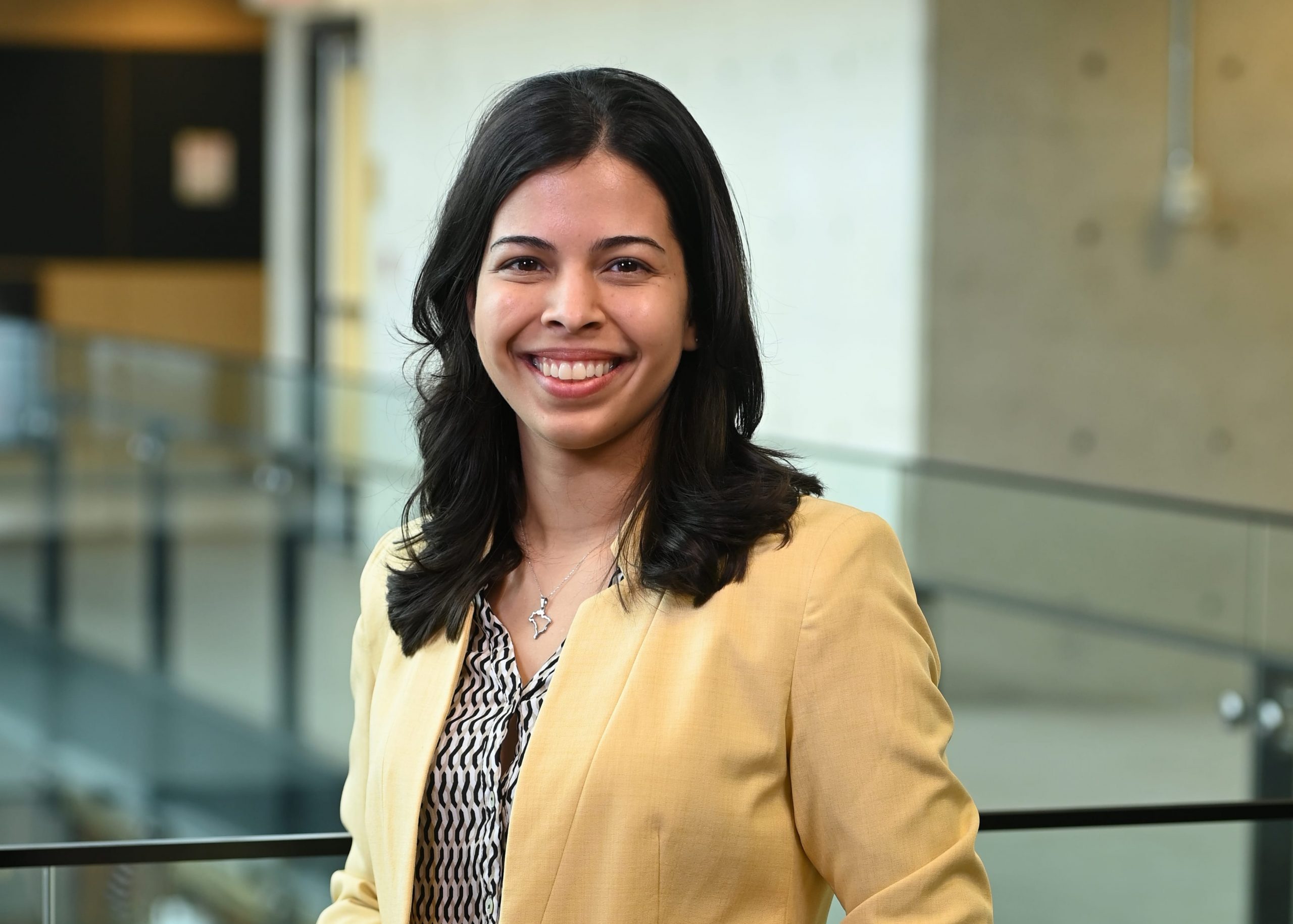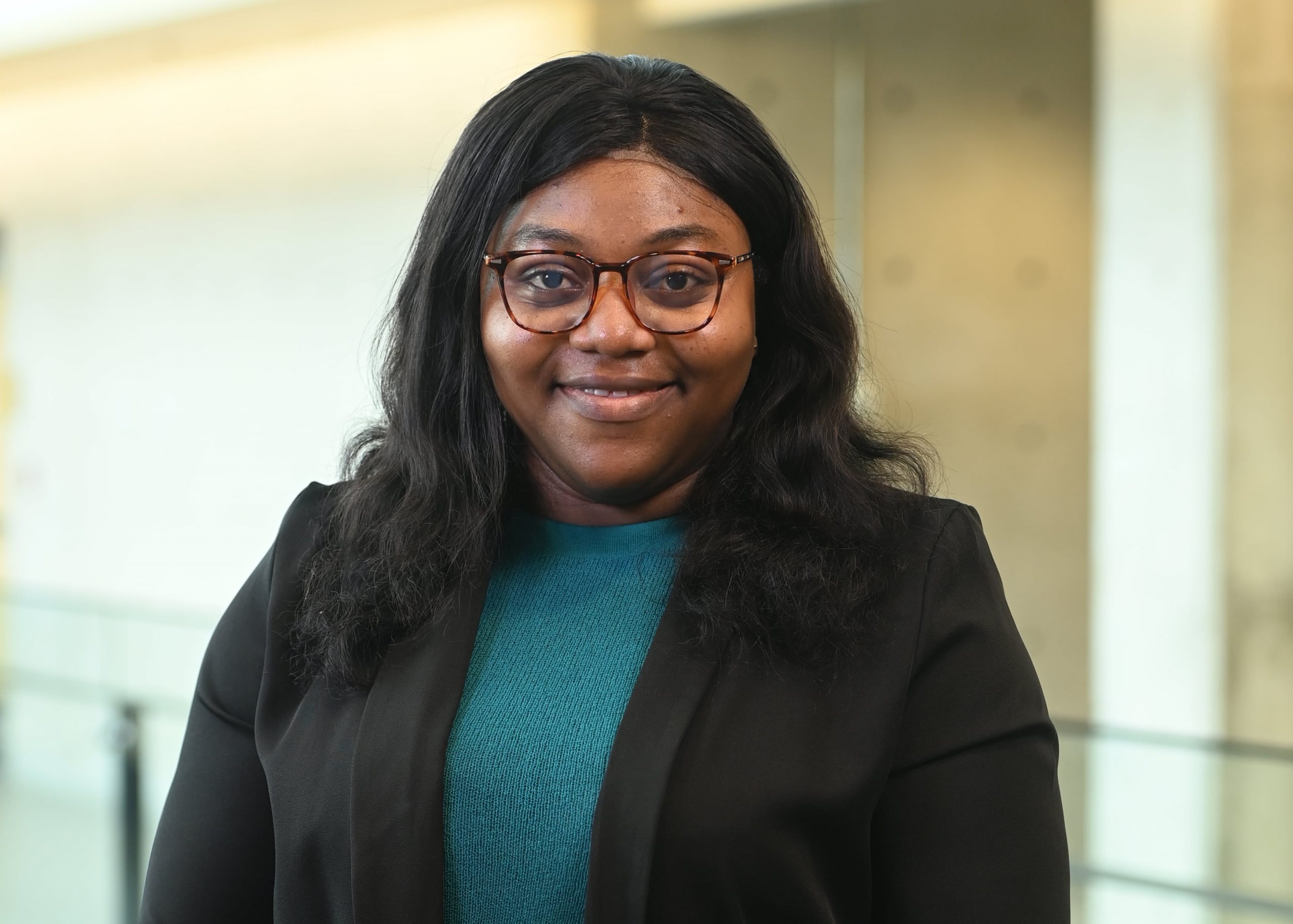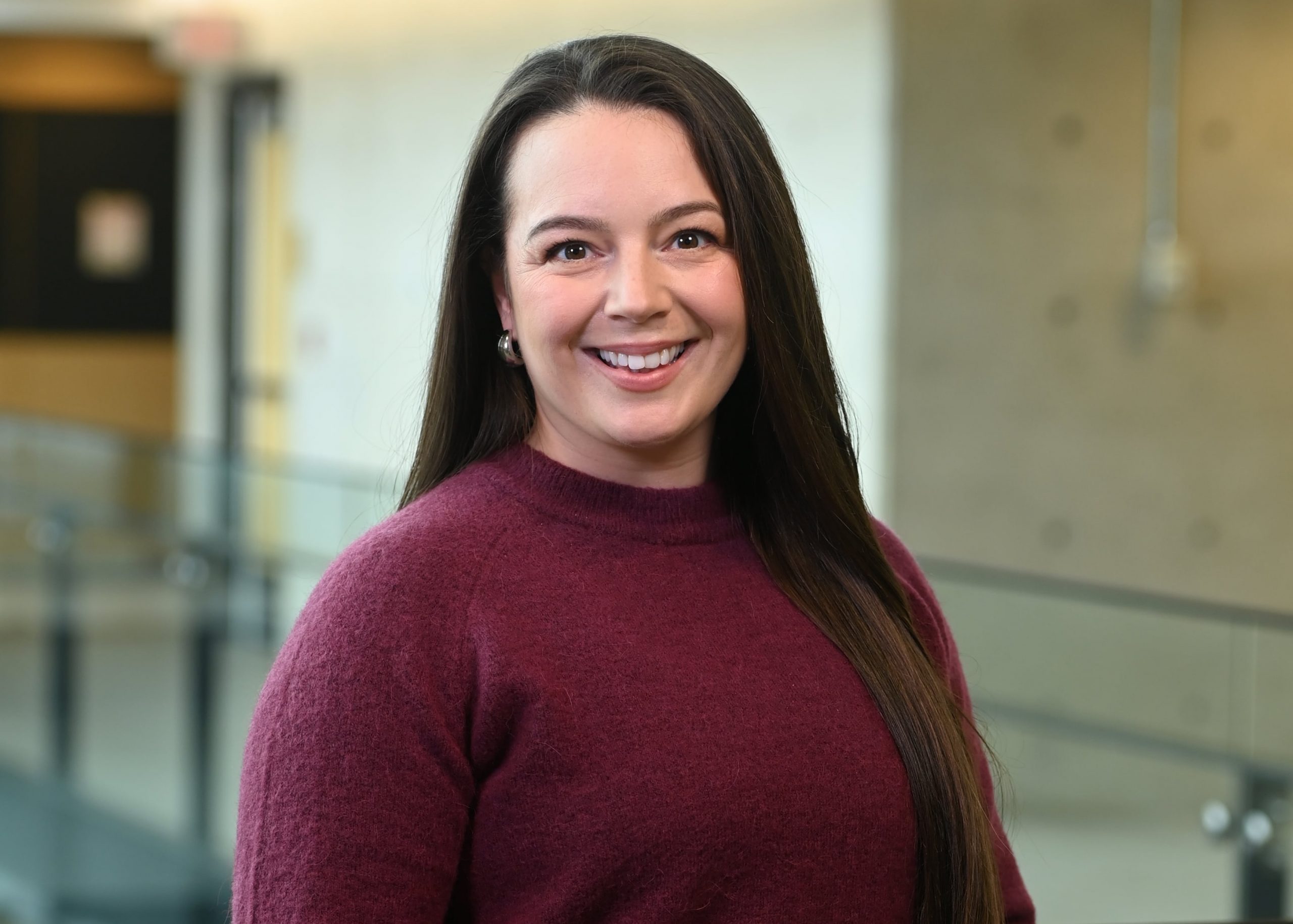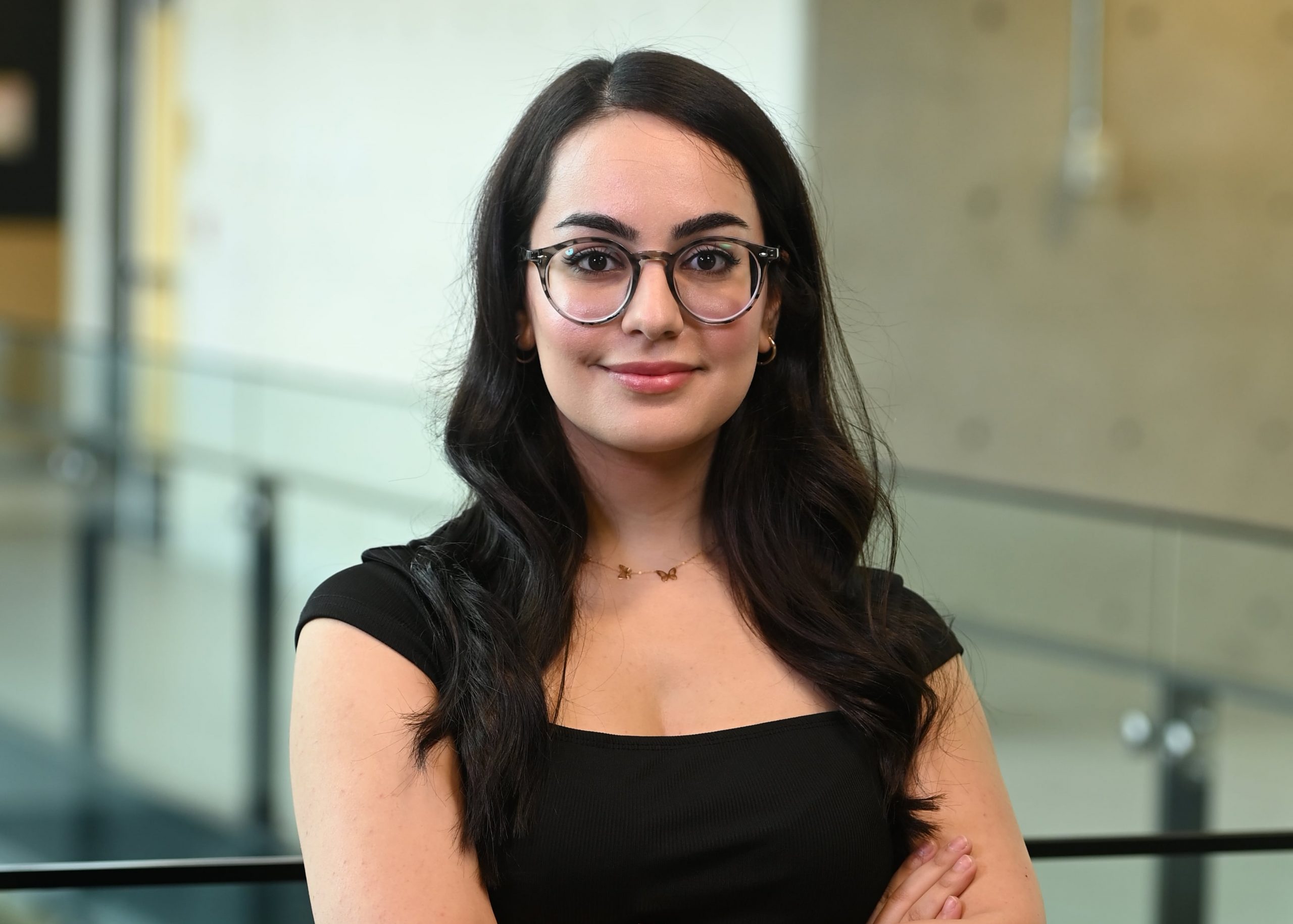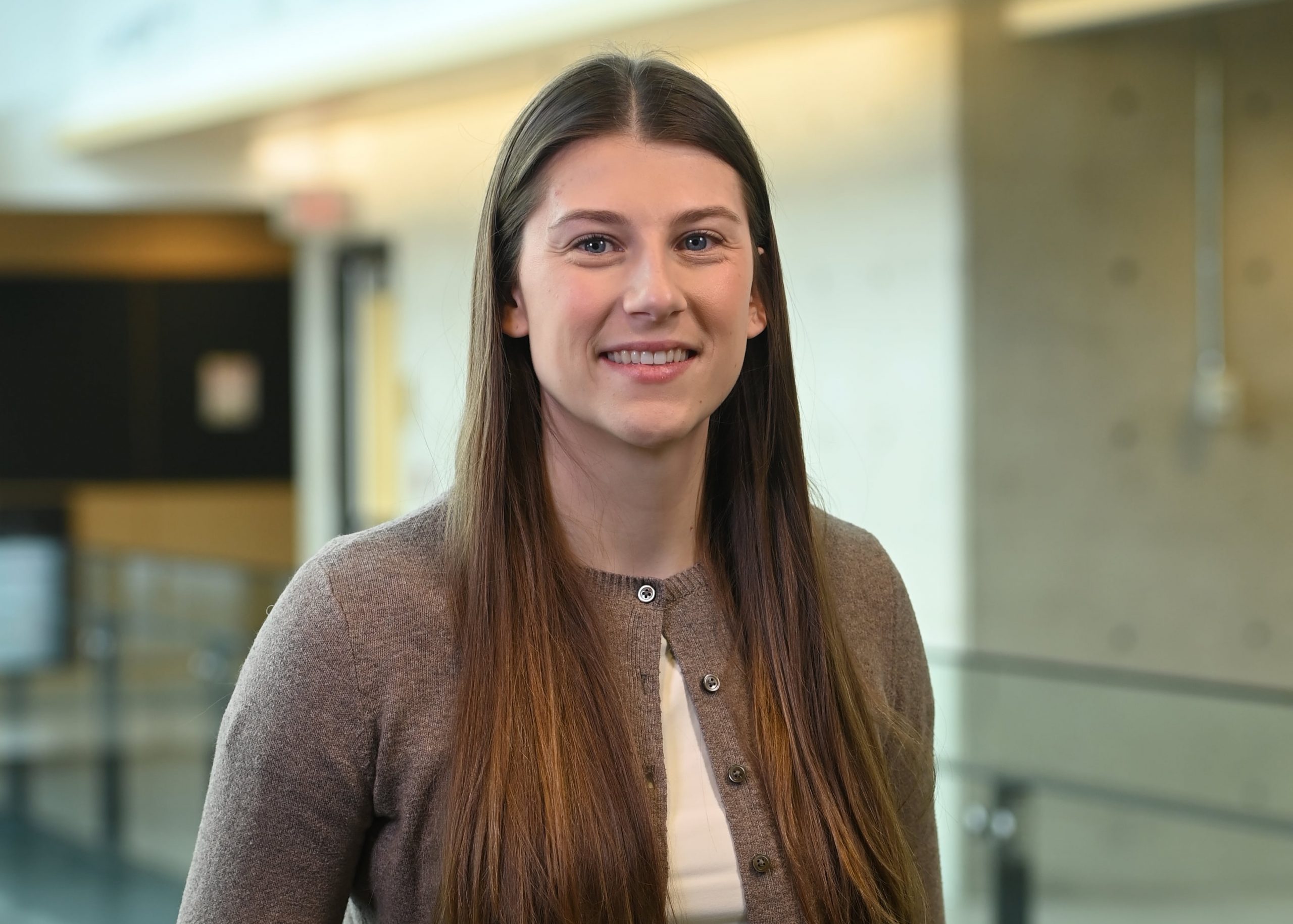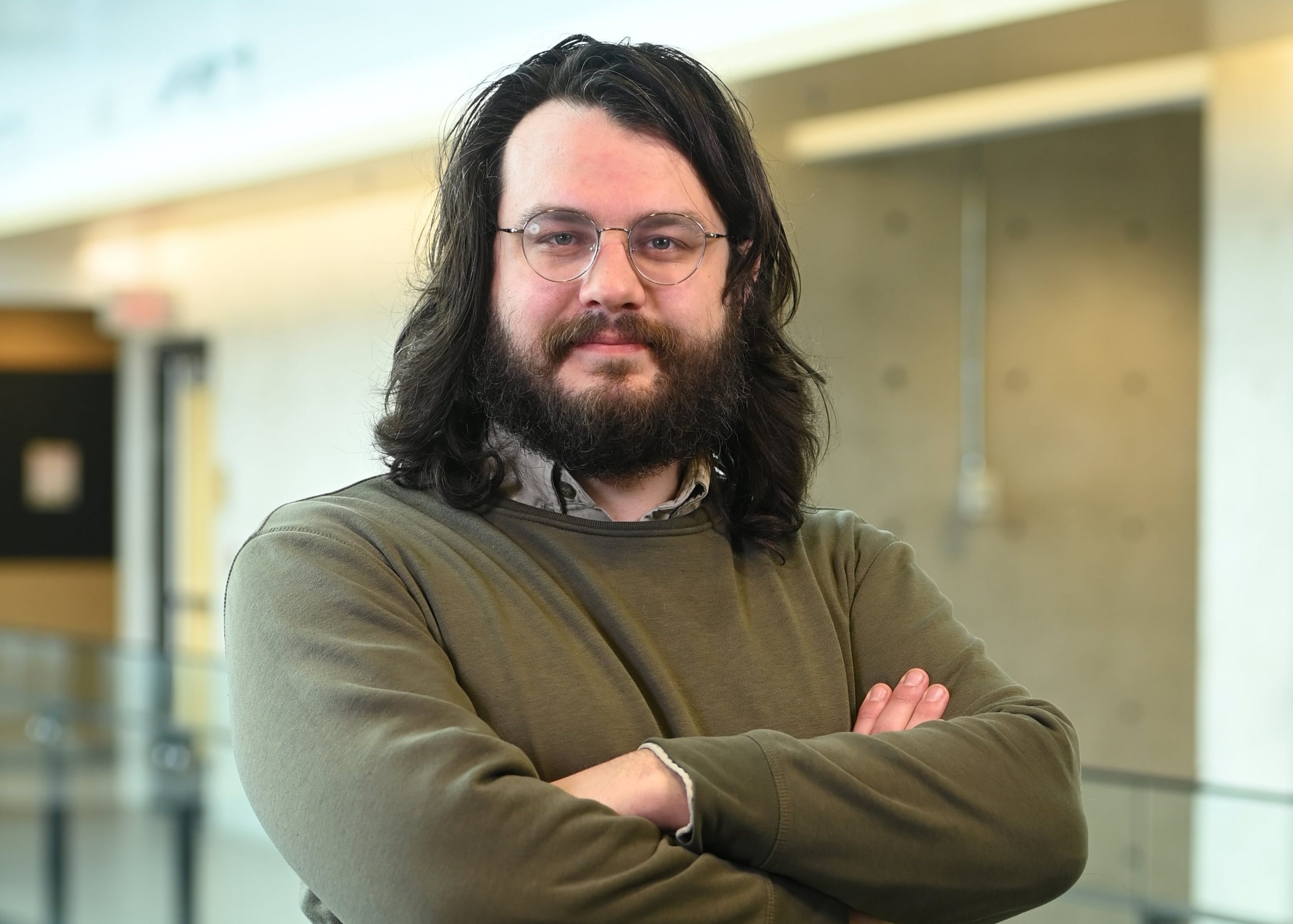
In recent decades, the world has become increasingly interconnected, and the migration phenomenon, which has been occurring for centuries, is gaining more attention as it reaches record highs. Around 281 million people are international migrants, representing almost 3.5% of the global population. If they were grouped in a single country, it would be the 5th most populated country in the world. Beyond the numbers, migratory processes also carry deeply personal stories.
People migrate for a variety of reasons, ranging from the desire to move to a sunnier place after retirement to fleeing persecution or escaping widespread violence. Migration is often explained through the concept of “push and pull factors,” which can originate from various sources, such as political, economic, and environmental conditions. Push factors are understood as the forces that encourage people to leave their homes, while pull factors are what attract them to settle in specific places.
Given these distinct and interconnected reasons, specific terms exist to categorize migrants, such as economic immigrants, asylum seekers, and refugees. Alongside these categories, citizens and governments respond to this complex and multifaceted phenomenon in different ways. For example, humanitarian approaches focus on welcoming immigrants and protecting their well-being, while stricter migration regulations emphasize the limitations placed on migration and the challenges faced by migrants.
Migration processes do not just begin when someone leaves their home and end when they arrive in a new country. These journeys also involve the critical steps of travel arrangements and integration into the new country. Many times, this includes navigating bureaucratic hurdles, going through dangerous routes, adapting to a new culture, and much more—an entire range of new experiences and challenges.
Migrating people have significantly diverse experiences. Some have the opportunity to follow safe, regulated paths, while others find themselves risking their lives in dangerous attempts to cross borders. Some migrants are warmly welcomed, while others face racism, xenophobia, and discrimination.
I want to use my series of blog posts to write about the complex realities and human stories behind migration. I also want to help readers to put together the puzzle of migration, identifying key concepts and clearing up some common misunderstandings. Join me on this journey!
Photo: Patricia Porto de Barros Ayaz

